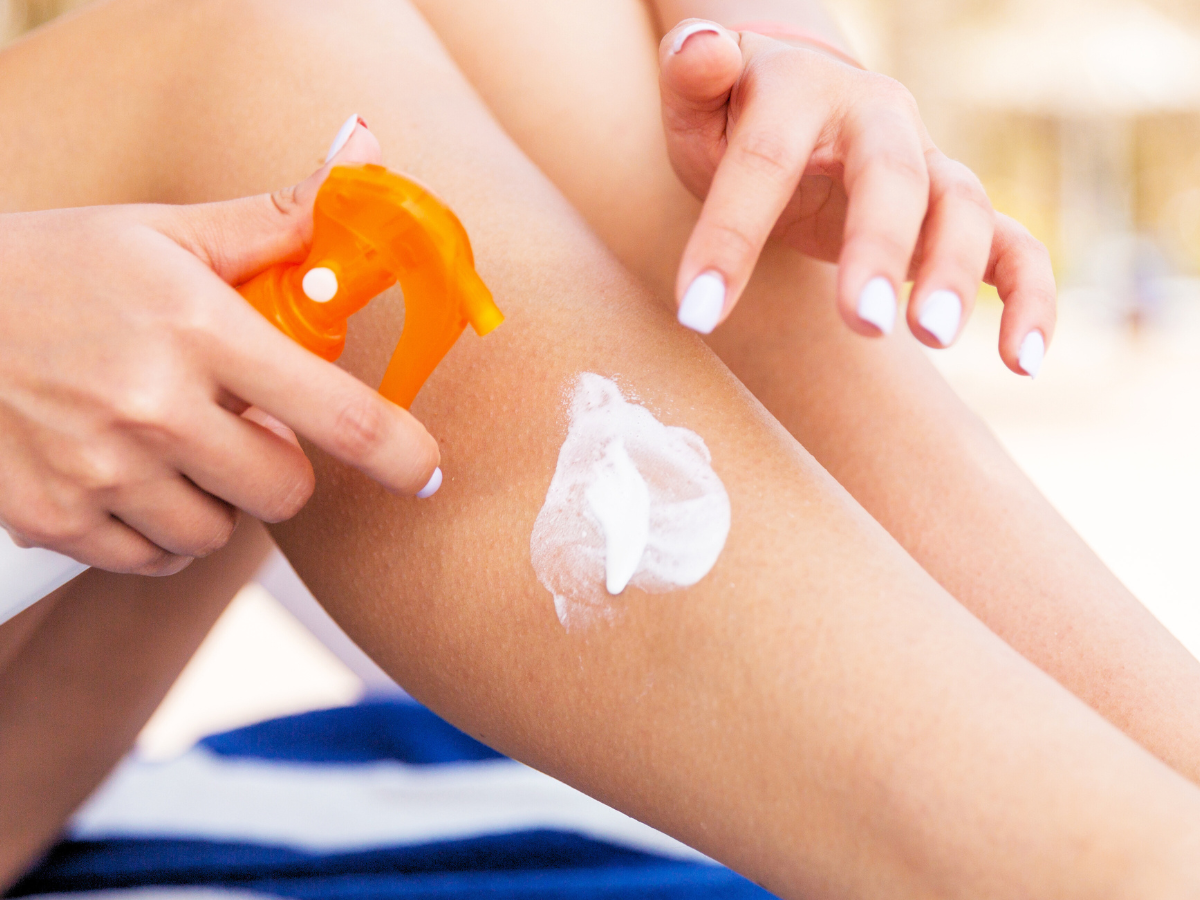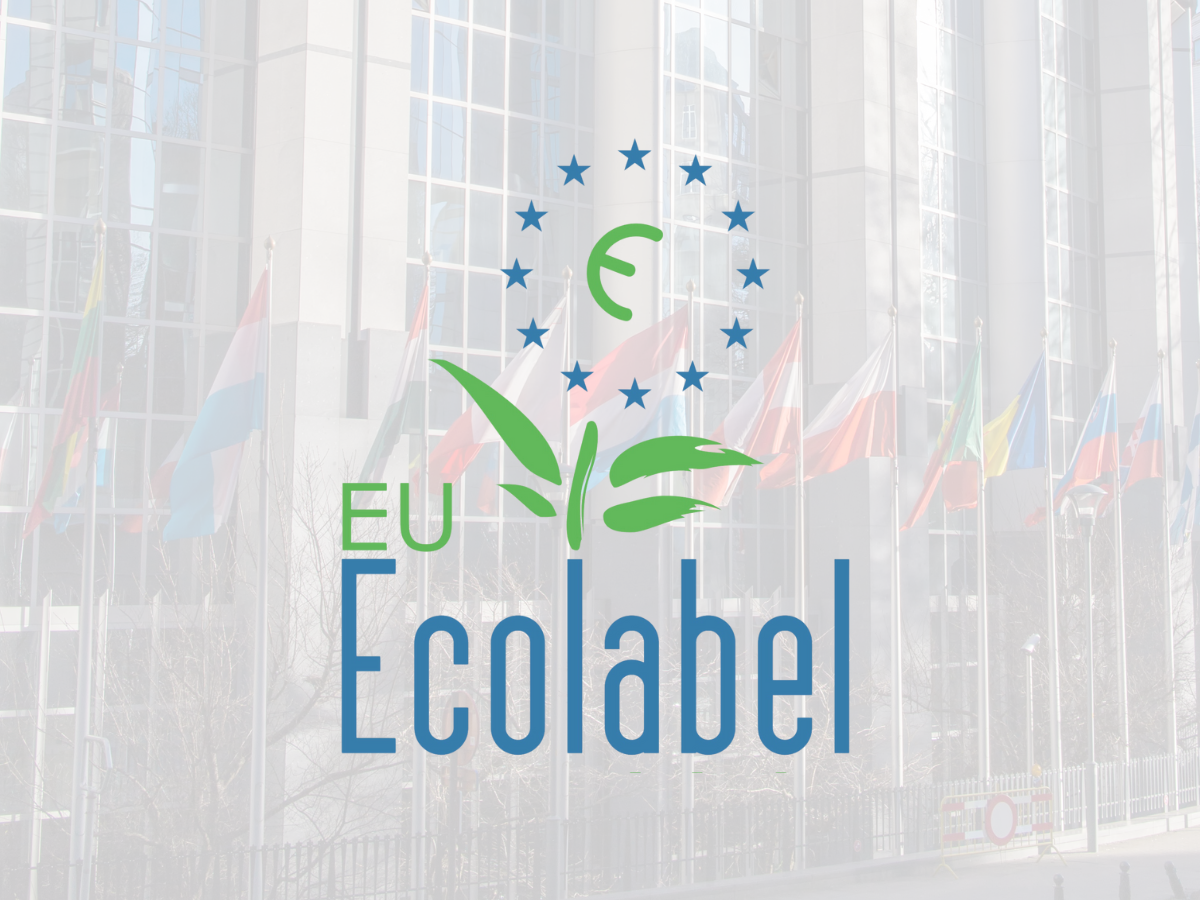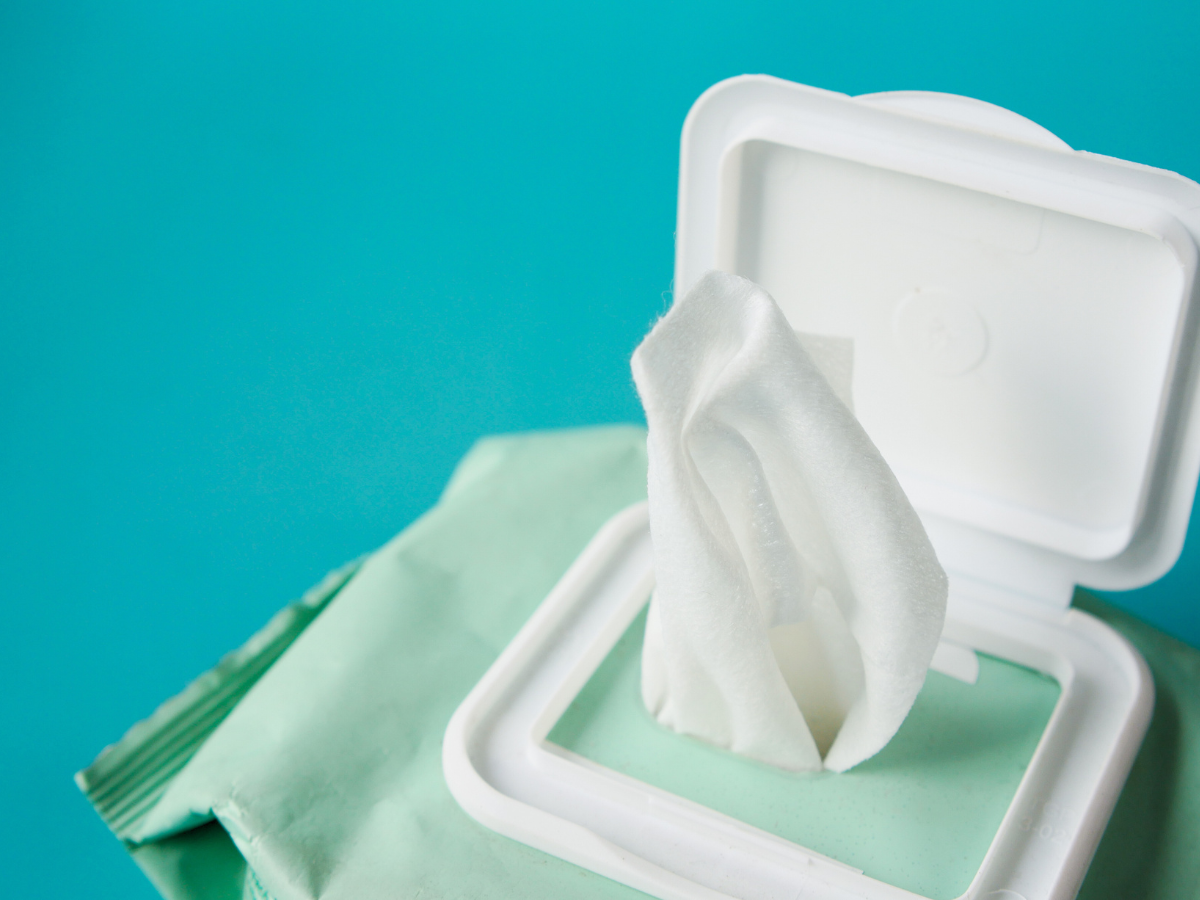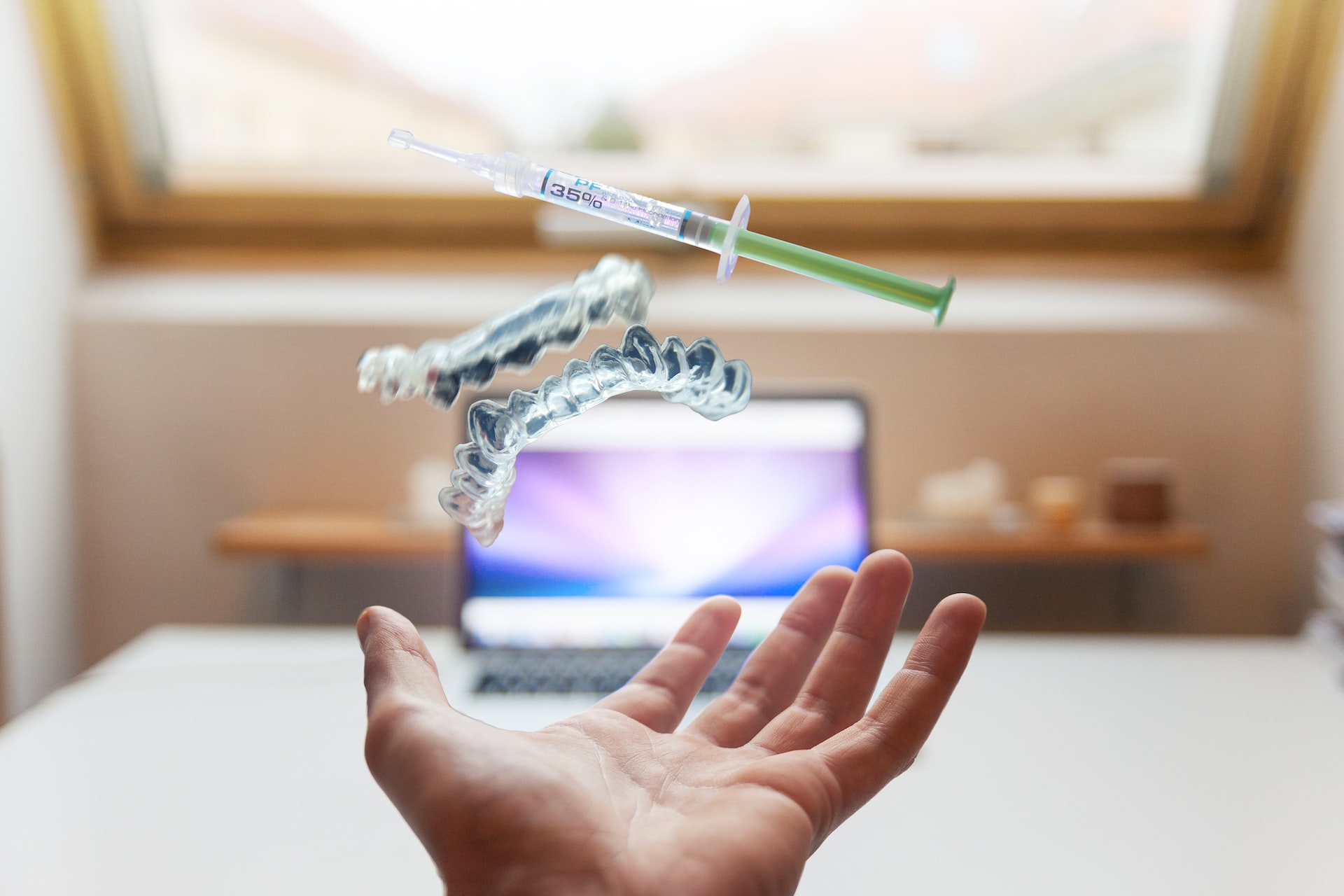BENZENE IN U.S. SUNSCREEN PRODUCTS
A testing and consumer protection organization located in the U.S. has detected high levels of Benzene in several brands and batches of sunscreen (classified as drug products by the FDA) and after-sun products (generally regulated as cosmetics by the FDA). The company analysed 294 unique batches from 69 different companies, observing significant variability from batch to batch, even within a single company. According to the study, 27% of the samples tested, representing a total of 78 sun care products, contained benzene. Some batches contained up to three times the conditionally restricted FDA concentration limit (2 ppm). Benzene was detected in sprays, gels, and lotions (with both chemical and mineral-based formulations).
Since benzene is one of the most studied and concerning human carcinogens known to science, with numerous studies showing its association with blood cancers in humans even at trace levels of parts per million and below, the presence of this carcinogen in products widely recommended for the prevention of skin cancer and that are regularly used by adults and children is very troubling.
Study authors are currently pushing for a recall of all the contaminated batches and asking the FDA to better define limits for Benzene contamination in drug and cosmetic products. In March 2021, a petition had already been issued (2021 Citizen Petition) on benzene contamination in hand sanitizer and there were several recalls of contaminated hand sanitizer products.
Since the report was published, the U.S. Food and Drug Administration started investigating the root cause of benzene found these sunscreen products. Some brands already started voluntarily recalling the products and advised consumers to stop using them. Despite this, the agency continued advising patients to use broad spectrum sunscreens with SPF 15 or higher in conjunction with other sun protective measures.
BENZENE TOXICOLOGICAL PROFILE
Benzene is a chemical that can be found in nature and manufactured products. It is used as a chemical intermediate to make several industrial chemicals. Smaller amounts are often used in chemical laboratories as solvent and reagent. Moreover, benzene is used as a constituent in motor fuels, in the extraction of oils from seeds and nuts, in the manufacture of detergents, explosives and pharmaceuticals, for example. Benzene is used as a starting material for synthetic fragrances. Trace levels of benzene may be found in cigarette smoke, gasoline, glues, adhesives, cleaning products, and paint strippers.
Individuals that work in industries that manufacture or use benzene may be exposed to highest levels of this compound, being occupational exposure one of the main concerns of the toxicity of benzene. Tobacco smoke also contains benzene and represents one of the most significant sources of exposure. People may also be exposed to benzene by consuming contaminated water.
Benzene is rapidly absorbed through skin from both liquid and vapour phases, as shown in human and experimental studies. Although dermal absorption is minimal when compared with inhalation or oral absorption because it rapidly volatilizes in the skin, it still has toxic effects associated to dermal exposure. Benzene was irritating to the mucous membranes of eyes, mouth, respiratory tract and skin in rodents.
Human exposure to benzene occurs primarily via inhalation in the workplace, from gasoline vapors, tobacco smoke and automotive emissions. People exposed to the chemical exhibit bone marrow depression (evidenced by anemia), leukopenia and/or thrombocytopenia. Inhalation of exposure can cause neurological symptoms like drowsiness, dizziness, headaches and unconsciousness in humans. Liquids and vapours containing benzene have shown to irritate the skin, eyes and upper respiratory tract. Benzene causes both structural and numerical chromosomal aberration in humans.
Exposure to benzene can cause acute nonlymphocytic leukemia and other blood disorders (preleukemia and aplastic anemia), as shown in human epidemiologic studies of highly exposed occupational cohorts. Studies in humans and experimental animals have demonstrated that this compound may also cause hematotoxicity (changes in blood and bone marrow).
Benzene is a “known human carcinogen by all routes of exposure”, according to the U.S. Environmental Protection Agency (EPA). Benzene is defined as a carcinogen by the National Institute for Occupational Safety and Health (NIOSH) which lists “inhalation, skin absorption, ingestion, skin and/or eye contact” as exposure routes. The International Agency for Research on Cancer (IARC) classifies Benzene as a Group 1 human carcinogen.
BENZENE IN COSMETIC PRODUCTS
According to the European Regulation (EC) No 1223/2009 on cosmetic products, Benzene is included in the list of substances prohibited in cosmetic products (Annex II). This means that in the European Union, Benzene is not allowed in cosmetics and personal care products, as it is classified as a Carcinogen Category 1A.
The U.S. Food and Drug Administration (FDA) lists Benzene as a Class 1 solvent “that should not be employed in the manufacture of drug substance. However, if their use is unavoidable in order to produce a drug product with a significant therapeutic advance, then their levels should be restricted”. For these particular situations, Benzene is restricted to 2 parts per million (ppm).
Because of its toxicity, the FDA has determined that Benzene can not be used in pharmaceutical production. However, there is no exposure limit established for Benzene, and the 2ppm limit only applies in special circumstances.
If you wish to get more information on Benzene or other subjects related to the EU Cosmetics Regulation, do not hesitate to contact us at info@criticalcatalyst.com.
References:
- Valisure Detects Benzene in Suscreen. May 25, 2021. Valisure News. Available from: https://www.valisure.com/blog/valisure-news/valisure-detects-benzene-in-sunscreen/
- Toxicological Review of Benzene (Noncancer Effects) – (CAS No. 71-43-2). In Support of Summary Information on the Integrated Risk Information System (IRIS). October 2002. Available from: https://cfpub.epa.gov/ncea/iris/iris_documents/documents/toxreviews/0276tr.pdf
- Opinion on the results of the Risk Assessment of: Benzene. Human Health Part. CAS Nº: 71-43-2. EINECS Nº: 200-753-7. Scientific Committee on Toxicity, Ecotoxicity and the Environment (CSTEE). 2003. Available from: https://ec.europa.eu/health/archive/ph_risk/committees/sct/documents/out207_en.pdf















